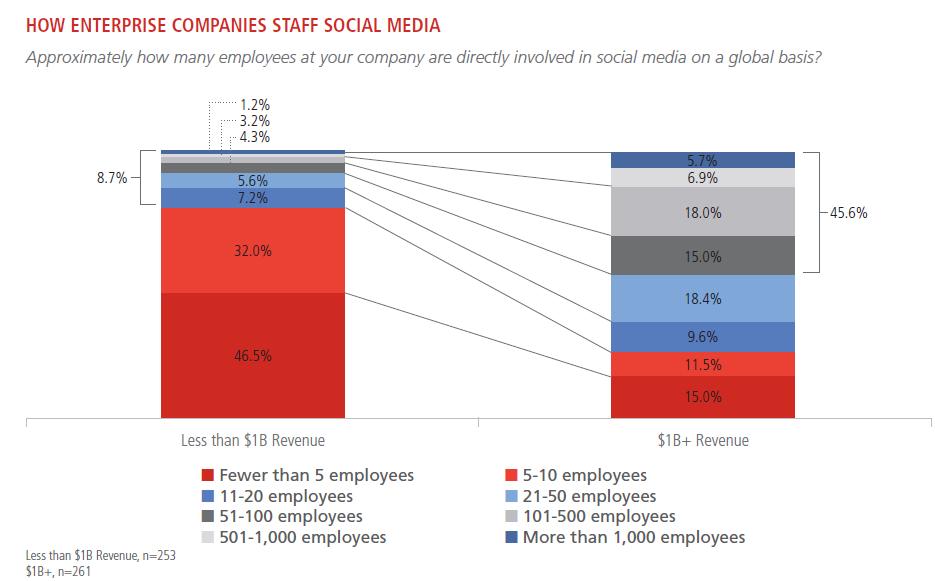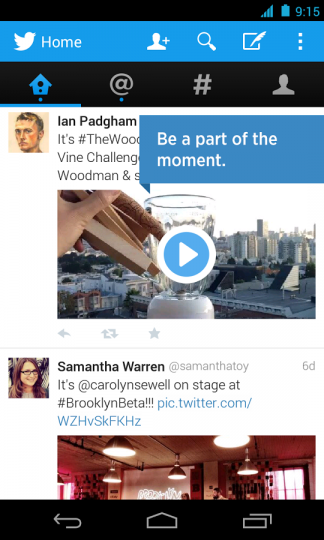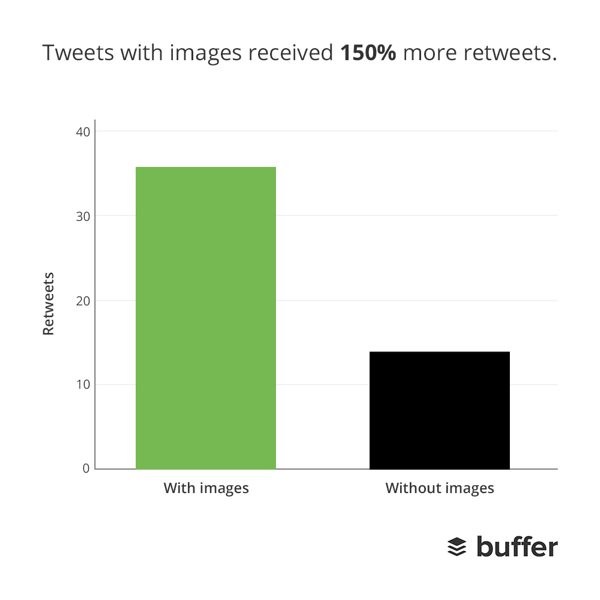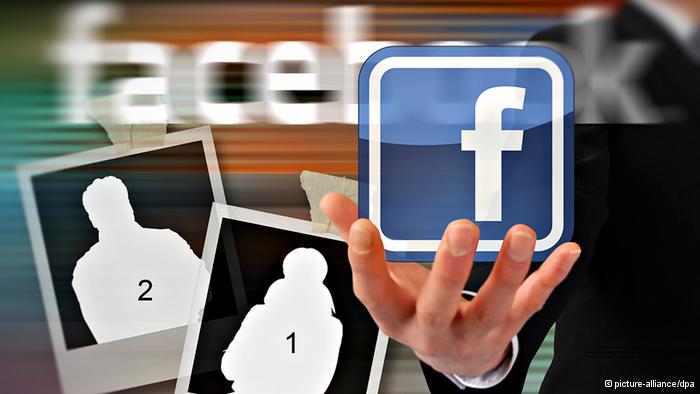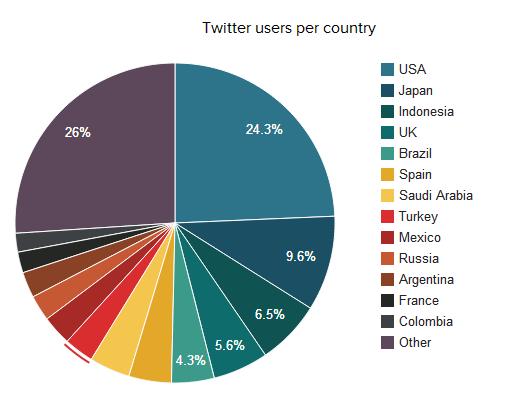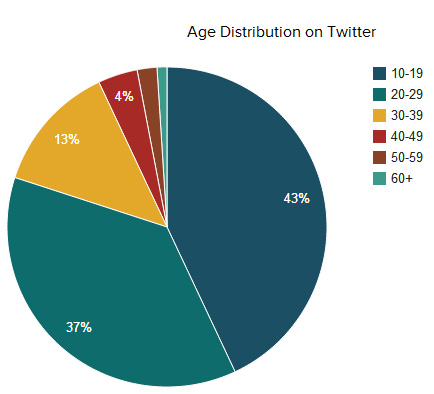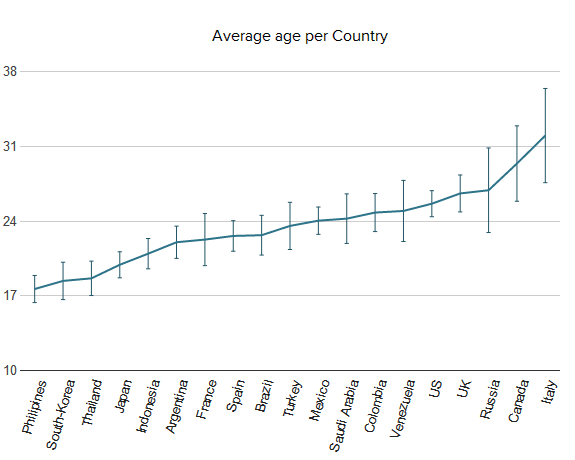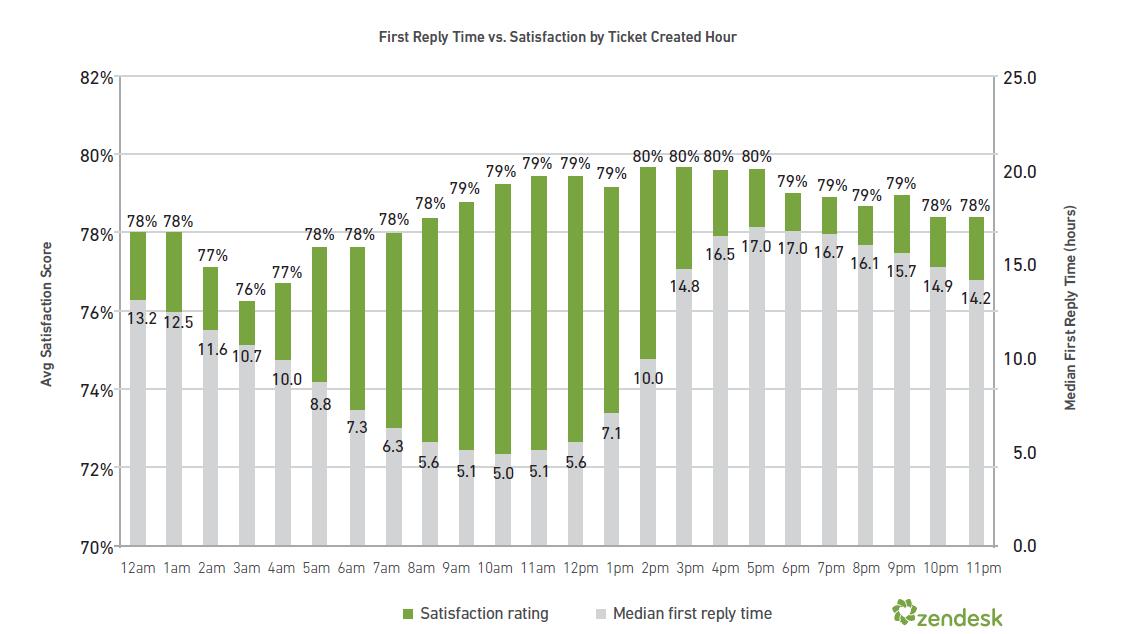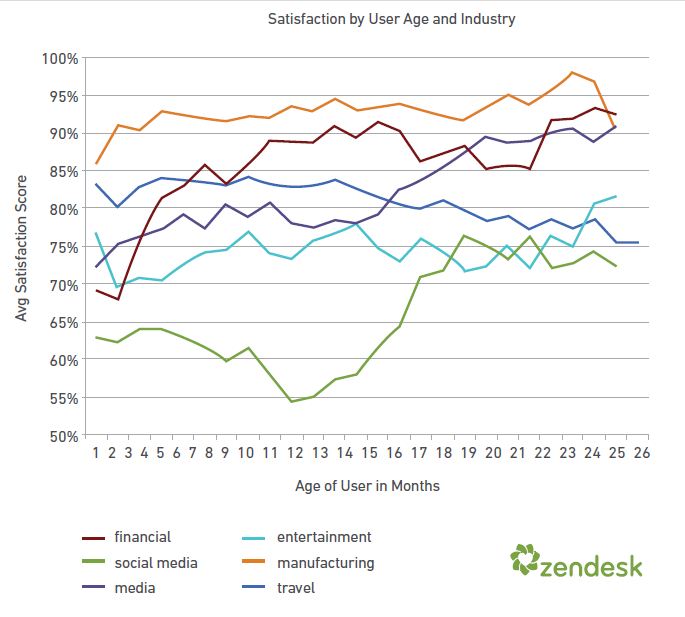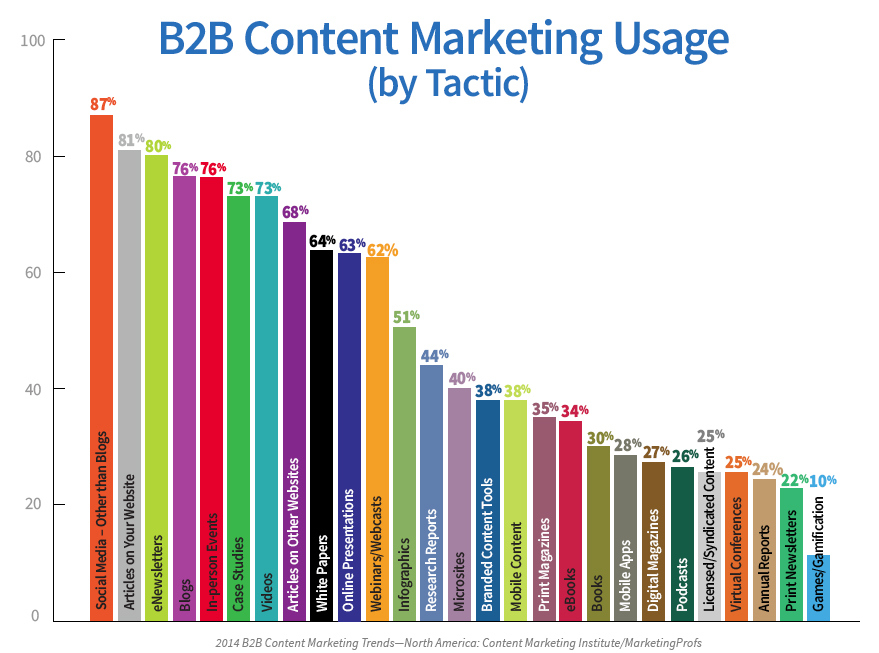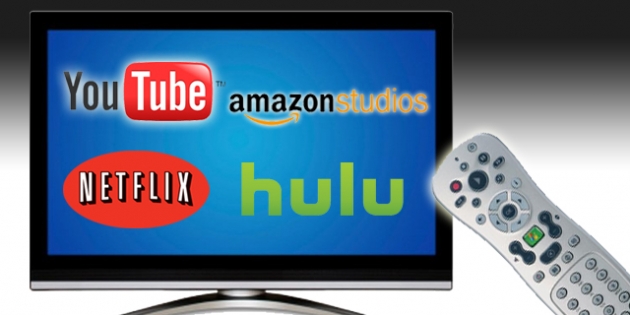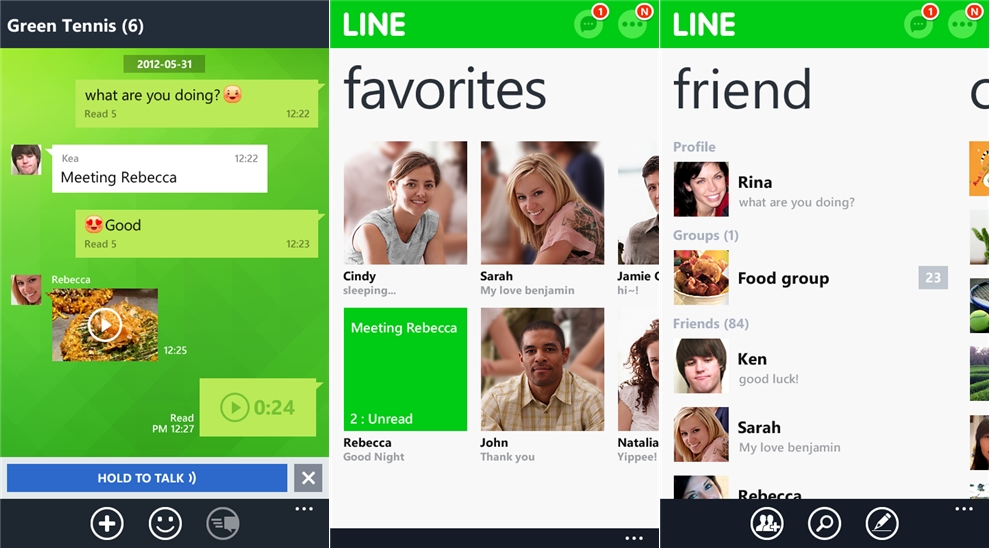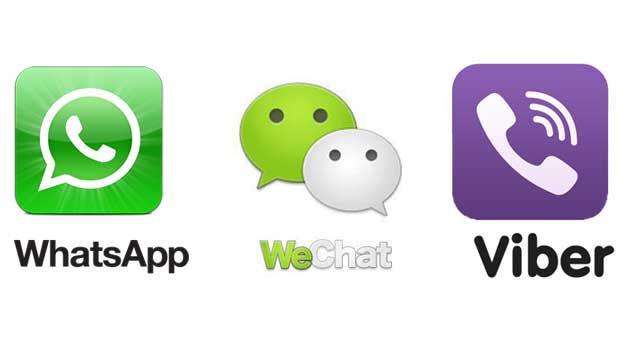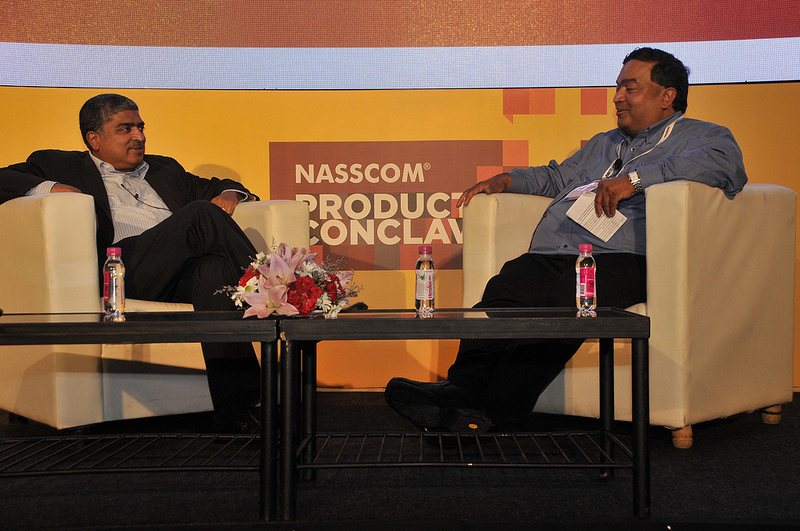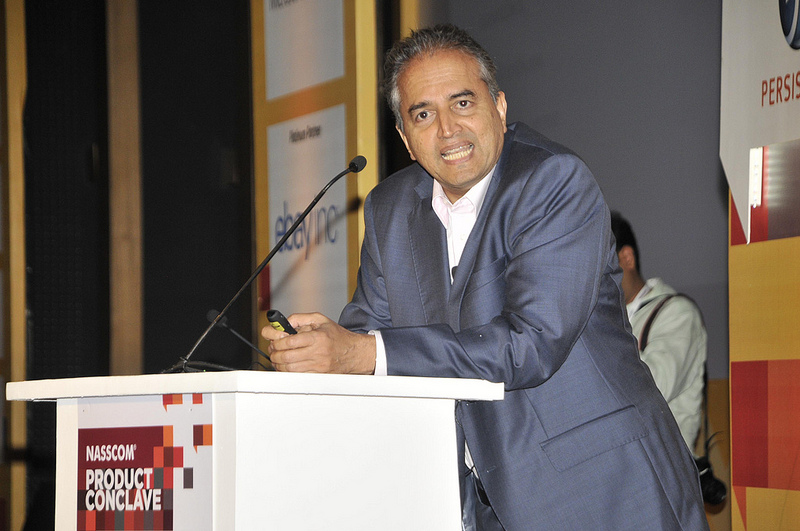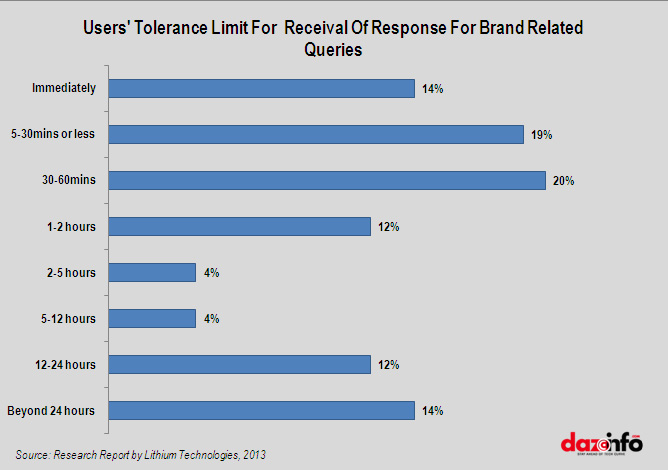Top brands across the globe are embracing the social media marketing revolution and extracting maximal benefits out of it. Social media teams are continuously redefining their strategies and approach towards their loyal fan base by adopting latest trends and coordinating with various other departments within the firm to design an optimum strategy. Every firm is trying to hire more number of multi-talented social media professionals who are well acquainted with diversified information required to plan out effective strategies.
How Enterprise Companies Staff Social Media ?
One of the major concerns for social media strategy of any firm is shortage of resourceful manpower. There has been a stupendous 1357% increase in demand for social media professionals in various firms across the globe since 2010. But as this branch of marketing is still young, very few of the social media professionals are successful in deriving significant ROI for their firms. Companies are facing challenges in terms of shortage of manpower with multiple skills. Marketers of the past very rarely interacted with customers directly without any retailers as middle-men, but now they have to interact directly with all the customers on 24/7 basis on social media sites. The social media marketing staff should also have basic knowledge of website editing or designing. If a feedback is received from the customer regarding functioning or issues with website seem to be valid, he/she should be able to implement the changes rather than delaying the response and depending on another person to fix the issue.
Apart from that most of the firms with social media marketing teams are inefficient in driving returns due to the lack of experience and shortage of hired members. As the marketing world is fluctuating at a rapid pace it is important for firms to hire more social media professionals who are innovative and can think across verticals . Hence, the success rate is bound to rise with more views and inputs pouring in. Customer satisfaction – one of prime business objectives – needs special attention on various social media platforms and should be taken care of by social media teams. Hence, it is important to be active and responsive on all major social media platforms.
According to a report, based upon a survey conducted by Google Wildfire and Ad Age on 500 executives from large companies, Marketers at bigger firms with revenues of over $1 billion hire a significant number of staff for handling social media sections. Nearly 30.6% of companies with over $1 billion in revenues have more than 100 odd employees directly involved in social media activities. About 33.4% of billion dollar firms have 21-100 employees in-charge of social media sections.
If we compare lower end firms which account for less than $1 billion in revenues, nearly 46.5% of them have less than 5 employees handling social media, which signifies a lack of attention shown towards social media activities. About 39.2% of firms (with under $1 billion in revenues) have 5-20 employees whereas about 91.3% of such firms have less than 50 employees to handle the company’s social media activities. A company’s staffing pattern for handling social media activity reflects its success rate, generally in-house staff is deployed for on going, 24/7 activities of online efforts and external agencies are hired for any major events or media splashes.
“You can’t just see social in isolation, but [must] look at how it ladders into other parts of the business,” says Thom James, head of social for communications agency network isobar, a division of Aegis. “We’ve progressed in how organizations are set up. I’m still surprised how few dedicated social individuals there are. And very few [companies] have dedicated teams—they might be under digital or PR. I’m always having conversations with people with very different levels of understanding.”
Smaller firms with revenues below $1 billion are most likely to have one to five employees dedicated to social media activities, of these, 37.6% hire outside agencies. It is vital for firms to have an adequate staff for handling their social media activities. External agencies must be approached if in-house resources are unable to drive satisfactory results. Since social media strategy can touch multiple units and initiatives within a company, it is important to hire professionals who have an average level of information about various other areas such as Customer care, PR, Finance and sales.
Involvement Of Marketing And PR Department Is Crucial
In terms of framing social media strategy for a firm, other departments like Marketing, PR, Finance and Sales must be involved in setting goals and objectives. Social media strategies cannot be framed by the lone consent of a dedicated social media team. There are other factors to be considered, which require involvement from various other departments. Nearly 87.5% of respondents stressed on involvement of marketing department in social media strategy planning. About 66.5% voted for involvement of PR/Communications department. Interaction with Customer experience and Sales department was upheld by 38.1% and 30.4% respectively.
Social Media Strategy planning is something that touches many departments within a firm. Marketing team is the heart of a firm’s success, majority of the marketing task is now happening on social media platforms. It is important for marketing teams to co-ordinate with social media professionals to plan out an optimum strategy for marketing. They should also get in touch with the finance department for budget allotment prior to any Ad-campaign or promotional event. Nearly 20% of respondents supported the need for co-ordination with a legal department, as it is important to help the social media team to tackle any potential problems pertaining to legal issues, before they set off to any particular promotion or Ad- campaigning. Legal teams should co-ordinate well to help in doing things right and avoid any problems with regard to content copying, licensing or patent related issues.
There ought to be a best possible collaboration between sales and social media marketing team, as the amount of overlap between fields is maximum. These two departments should work together and measure success rate at periodic intervals and should re-design strategies to meet business goals. Customer experience is yet another prime department who must co-ordinate continuously with social media marketing team for a periodic review of online activities based on customer feedback via different support channels. Consumers generally lack patience to await for response from firm, hence it is important for social media and customer support departments to team up and provide efficient solutions to customer on time.
HR team, should also co-ordinate with the social media team as these folks are aware of how employees function within a company and which departments relate to one another. Women admins of social media brand pages generally drive more engagement from fans and followers, hence HR department can help in providing appropriate man-power for social media teams.
The survey report is based upon the responses of 500 executives from large companies with some functional requirements related to social. Nearly 50.7% of responses were captured from executives belonging to companies with $1 billion or more in annual revenue. The survey was conducted to find out how enterprise brands are handling social media and what strategies they must implement to ensure success in the social media space in 2014.
Source: Social Strategies For 2014 Report

